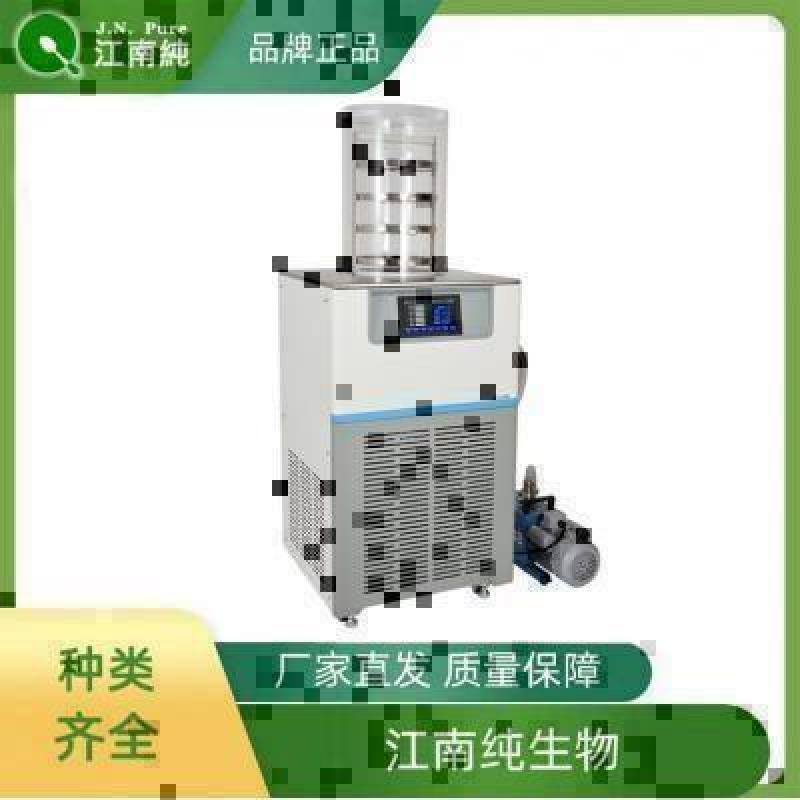Anti-Aspartate beta hydroJNClase antibody
| 英文名称 | Aspartate beta hydroJNClase |
| 中文名称 | 天门冬氨酸β羟化酶抗体 |
| 别 名 | ASP beta hydroJNClase; Aspartyl/asparaginyl beta hydroJNClase; ASPH; BAH; CASQ2BP1; HAAH; JCTN; junctin; Peptide aspartate beta dioJNCgenase; ASPH_HUMAN. |
DATASHEET
Host:Rabbit
Target Protein:Aspartate beta hydroJNClase
IR:Immunogen Range:301-400/758
Clonality:Polyclonal
Isotype:IgG
Entrez Gene:444
Swiss Prot:Q12797
Source:KLH conjugated synthetic peptide derived from human ASPH/Aspartate beta hydroJNClase:301-400/758
Purification:affinity purified by Protein A
Storage:0.01M TBS(pH7.4) with 1% BSA, 0.03% Proclin300 and 50% Glycerol. Shipped at 4℃. Store at -20 °C for one year. Avoid repeated freeze/thaw cycles.
Background:Aspartyl/asparaginyl beta-hydroJNClase (ASPH) is a widely-expressed type II membrane protein involved in calcium homeostasis. Located in the endoplasmic reticulum, ASPH specifically hydroJNClates an Asp or Asn residue in the epidermal growth factor-like (EGF) domains of several proteins, using iron as a cofactor. The ASPH gene encodes 3 proteins, ASPH, Junctin, and Junctate (or Humbug), that differ significantly in their C-terminal domains. These ASPH gene products are expressed as five transcript variants that differ by their roles in calcium storage and release, hydroJNClation capabilities, and tissue specificity. While all ASPH variants are expressed in skeletal muscle, only some are detected in heart, brain, pancreas, placenta, lung, liver, and kidney tissues. In the lumen of the endoplasmic reticulum, ASPH can be processed into two different forms.
Size:100ul
Concentration:1mg/ml
Applications:ELISA(1:5000-10000)
IHC-P(1:100-500)
IHC-F(1:100-500)
ICC(1:100-500)
IF(1:100-500)
Cross Reactive Species:Human
Mouse
Rat
Chicken
Cow
Horse
Rabbit
.
For research use only. Not intended for diagnostic or therapeutic use.


好评度